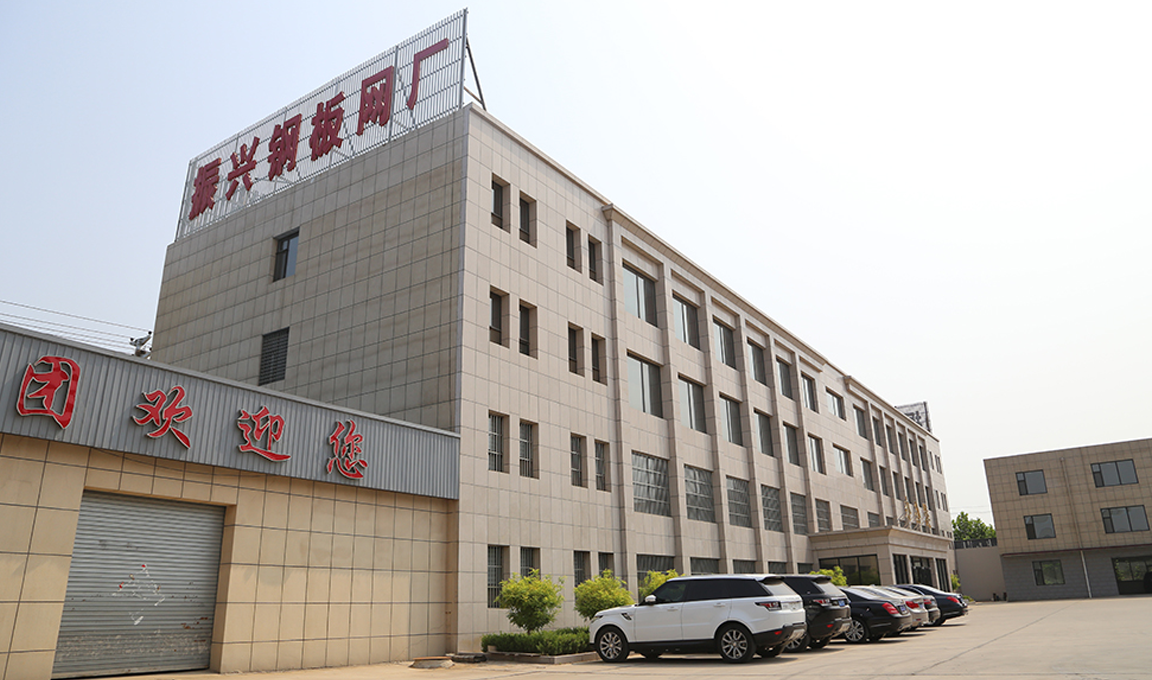The Role of Roadside Sound Barriers in Urban Environments
In today’s urbanized world, the constant hum of traffic is an inescapable reality that affects the quality of life for millions of people. As cities expand and highways extend, the noise pollution generated by vehicles poses significant challenges, particularly for communities located near busy roadways. To address these issues, roadside sound barriers have emerged as an effective solution. These structures not only serve to mitigate noise but also play a vital role in enhancing the overall quality of urban living.
Understanding Sound Barriers
Sound barriers, also known as noise barriers, are specially designed structures that block or deflect sound waves produced by road traffic. Commonly made from materials such as concrete, wood, and various acoustic panels, these barriers are strategically placed along highways, roads, and railway lines to create a buffer between noisy transportation routes and residential areas.
The effectiveness of a sound barrier depends on several factors, including its height, mass, and the distance from the noise source. An optimal design can reduce noise levels by as much as 5 to 15 decibels, which can make a significant difference in livability. For comparison, a change of just a few decibels can be perceived as a noticeable difference in loudness, meaning that effective barriers can greatly enhance comfort for those living nearby.
Benefits of Roadside Sound Barriers
The primary benefit of roadside sound barriers is, of course, noise reduction. However, their advantages extend beyond just diminishing sound levels. Some of the key benefits include
1. Improved Health and Well-Being Chronic exposure to high noise levels has been linked to various health issues, including sleep disturbances, stress, hypertension, and decreased cognitive function. By effectively dampening this noise, sound barriers can contribute to better mental and physical health for residents.
roadside sound barriers

2. Enhanced Property Values Homes located near noisy roadways often experience a decrease in property value. The installation of sound barriers can increase the desirability of these areas, thereby enhancing property values and making them more appealing to potential buyers.
3. Aesthetic Improvements Modern sound barriers can be designed to blend with the landscape, providing an aesthetically pleasing addition to the urban environment. Green barriers, which include vegetation, not only mitigate noise but also contribute positively to the visual appeal and ecosystem of an area.
4. Promotion of Biodiversity Besides protecting human habitats, sound barriers can also safeguard wildlife from the disturbances of urban noise. By providing a refuge, these barriers can promote biodiversity in urban settings, allowing flora and fauna to thrive despite proximity to roads.
Challenges and Considerations
Despite their benefits, the implementation of roadside sound barriers is not without challenges. One of the main concerns is cost; building and maintaining sound barriers requires significant investment, which may be a barrier for municipalities with limited budgets. Furthermore, the placement and design of these barriers must be carefully considered to ensure that they do not unintentionally create aesthetic or environmental issues.
Moreover, sound barriers do not eliminate noise but rather redirect and reduce it. Therefore, supplementary measures, such as traffic management and community planning, should accompany their installation to achieve a comprehensive approach to noise pollution.
Conclusion
In summary, roadside sound barriers play a crucial role in enhancing urban living by providing relief from traffic noise. Their benefits extend beyond mere sound reduction, improving health, increasing property values, and promoting biodiversity. While challenges remain in their implementation, the careful design and placement of sound barriers can significantly contribute to creating a more livable urban environment. As cities continue to grow, investing in considerate noise management strategies, including sound barriers, will be essential to ensure the well-being of residents and the sustainability of urban ecosystems.
-
Why Galvanized Trench Cover Steel Grating Resists Corrosion
NewsJul.10,2025
-
The Versatility and Strength of Stainless Expanded Metal Mesh
NewsJul.10,2025
-
Load Calculations in Steel Grating Platforms
NewsJul.10,2025
-
Keeping Pets and Kids Safe with Chicken Wire Deck Railing
NewsJul.10,2025
-
Hole Diameter and Pitch for Round Perforated Metal Sheets
NewsJul.10,2025
-
Aluminium Diamond Mesh in Modern Architecture
NewsJul.10,2025
Subscribe now!
Stay up to date with the latest on Fry Steeland industry news.

